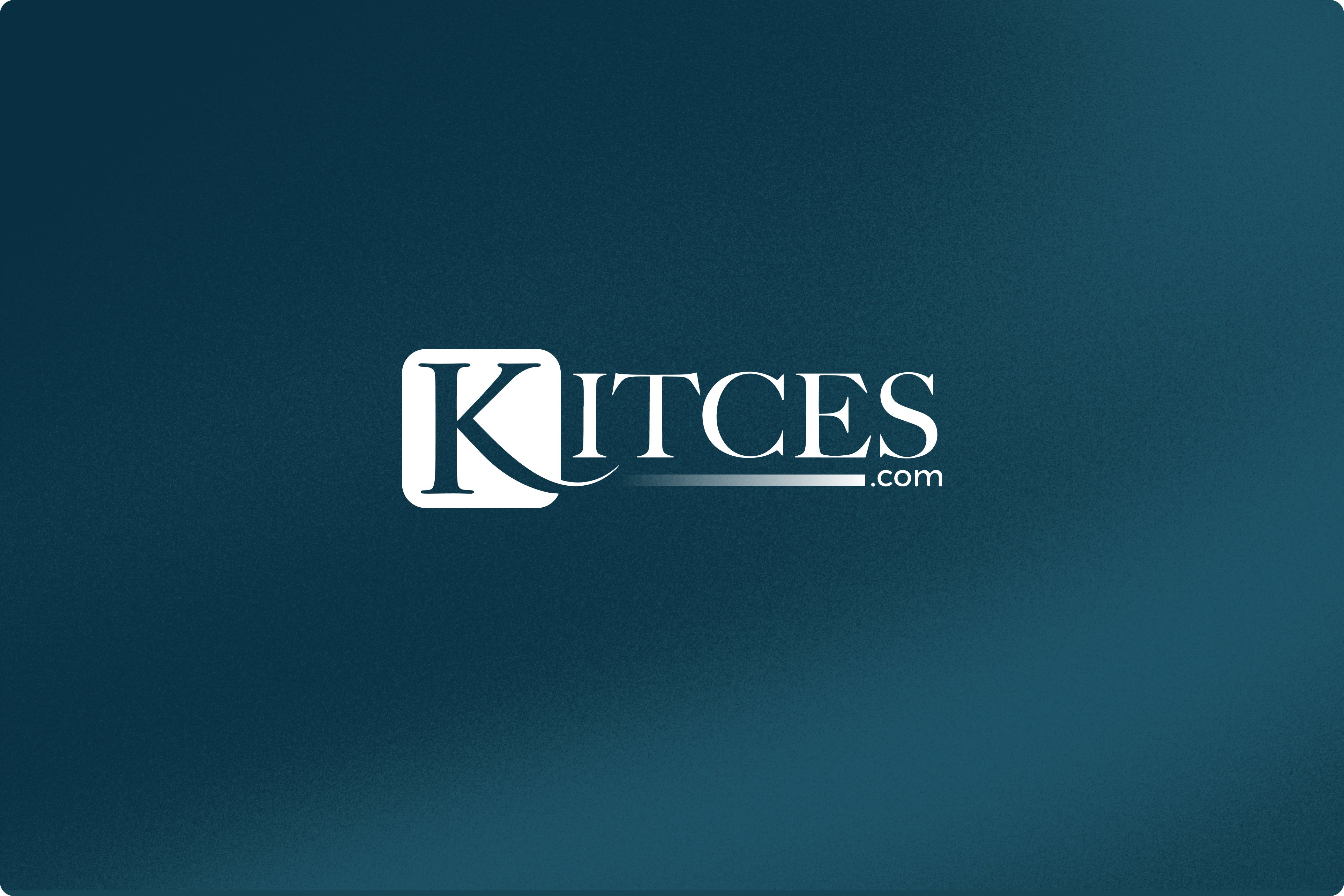Kitces Research recently released its 2024 Advisor Marketing Survey. Using data from nearly 1,000 participating firms, the report provides a comprehensive analysis of advisor marketing tactics in 2024, covering the effectiveness, efficiency, and utility of every major marketing tactic advisors employ today.
The report is packed with helpful takeaways and interesting data points. It’s also over 100 pages long—not exactly a quick read. To save you the time, we combed through each page of the report and found the top 12 insights that could help guide your firm's marketing strategy for the rest of the year, and beyond.
1. “Old school” in-person marketing is making a comeback, but digital tactics are here to stay.
The pandemic forced advisors to shift their marketing away from traditional strategies. This year, however, in-person tactics have seen a significant resurgence. Tactics like networking, client appreciation events, and seminars returned to near pre-COVID levels after declining during the pandemic.
Interestingly, no inverse shift occurred for the digital marketing strategies that gained popularity during COVID. Tools like webinars, search engine optimization, and drip marketing/newsletters have continued to gain in popularity through 2024, suggesting they may be here to stay.
2. Referrals are still dominant, but the well can run dry.
There’s no arguing with math: advisors use a multitude of marketing strategies today, but referrals remain the most dominant tactic by far. Roughly 9 in 10 advisors rely on them, and nearly two thirds of all clients found their advisor through a referral, according to the report.
Despite this strong track record, firms that rely on referrals for growth can see diminishing returns over time. A client base is only good for so many high-quality leads, and at some point, it may get “tapped out.” Plus, generating consistent referrals requires substantial time, which is in shorter supply the larger a firm gets. In other words, the research indicates that an over-reliance on referrals can be a drag on growth as your firm scales.
3. “New” marketing tactics are a small slice of the pie.
What about the ~33% of clients who didn’t find their advisor through a referral? The survey shows that nearly two-thirds of that remaining group found their advisor through an educational seminar or networking event, signaling the continued importance of personal interactions when choosing a financial advisor.
Conversely, only about 10% of clients found their advisor through all other marketing tactics combined. While there is plenty of opportunity in “new” marketing, advisors exploring those marketing channels should be aware that they are targeting a relatively small segment of potential clients.
4. The fastest-growing firms take marketing risks.
At the same time, the Kitces report found that fastest-growing firms are those willing to experiment and move beyond traditional marketing tactics. By relying less on referral generation, for example, these firms are able to hone non-traditional strategies such as seminars, SEO, YouTube, and other lead-driving content creation.
Committing to marketing methods that have a higher learning curve, but which are ultimately less time-intensive and more scalable, helps forward-thinking firms position themselves for long-term growth.
5. Marketing is more challenging than ever (demographically).
Even as RIAs continue to diversify and niche down, the typical firm’s ideal client demographic is shrinking. The so-called “red zone” cohort, those aged 45-64, have formed the cornerstone of most client bases for decades. Logically, this group is the most valuable to target from a marketing perspective.
But the number of people in this demographic peaked in 2017 at 84.1 million, and is now falling. Between now and 2030, the cohort is projected to decrease by roughly 2.7 million, shrinking its share of the U.S. population from 26% to 23%.
Moreover, according to Cerulli Associates, almost half (47%) of all U.S. investors are already receiving financial advice (up from just 35% in 2009). In other words, there are substantially fewer investors out there who aren’t already working with an advisor compared to 15 years ago, forcing today’s firms to compete for a shrinking pool of potential “ideal” clients.
6. The majority of marketing budgets are made up of “soft dollars.”
We often think about marketing budgets in hard dollars, like how much you spend on Google Ads, or client events, for example. The researchers, though, found that while the average advisory firm spent 11% of revenue (roughly $40,000) on marketing in 2023, 71% of that was in the form of “soft dollars,” or the relative cost of time spent by advisors or employees working on marketing efforts. For the typical practice, soft dollar marketing costs were up 31% from 2021.
7. For high-revenue firms, hiring dedicated marketing staff pays off.
The survey found that advisory practices with over $2 million in annual revenue have seen meaningful benefits from hiring dedicated marketing staff. Firms with dedicated staff invest more marketing dollars up front, but consistently attract high value clients that drive subsequent growth, a cycle that leads to greater marketing efficiency.
8. Events are a “high risk, high reward” tactic.
Event marketing is not for the faint of heart, according to the survey. Events are costly (in both hard and soft dollars), and success rates are low, driving up customer acquisition costs (CAC). But when executed successfully, they can generate higher revenue per client acquisition than other marketing strategies:
Interestingly, of the three event types the survey covered (webinar, seminar, and client appreciation events), advisors gave seminars the highest overall satisfaction rating for marketing success.
9. Cold prospecting is good for winning clients, but not growing revenue.
Cold prospecting tactics can be surprisingly effective in securing new business. Despite its questionable reputation, cold calling or door-knocking ranks second only to client referrals in success rates for generating new business.
But is it the type of business worth securing? That’s less clear. If you refer back to the previous graph, you’ll see that the revenue per client from cold prospecting is actually the lowest of all the tactics measured, with a median of just $3,750.
Despite its success rate, the lack of revenue generated means cold prospecting is typically an inefficient marketing strategy.
10. Providing “comprehensive financial planning” is not the differentiator it once was.
Around the turn of the millennium, fewer than 1 in 10 advisors held a CFP designation. Today, that number is 1 in 3—and the trend continues to accelerate.
Rather than being wowed by the certification, prospective clients in 2024 may simply expect that their advisor will offer comprehensive financial planning. This means advisors must find additional ways to differentiate themselves and show their value in order to win clients and justify their fees.
11. Content struggles to succeed without support.
No matter how great your content is, it won’t matter if people aren’t seeing it. The better your distribution and supporting tactics, the better chance content has of getting in front of the right eyes.
The survey found that content is dramatically more effective when a firm invests in supplementary areas like SEO, newsletter or email marketing, and social media. Content marketing success—whether we’re talking about blogs, videos, podcasts, or some other format—improved by anywhere from 50-100% when used in conjunction with supporting strategies to boost distribution and visibility.
While not groundbreaking, it’s an excellent reminder for advisors to regularly evaluate their distribution strategies and assess what the firm is doing to support its content efforts.
12. Content marketing is more powerful in a niche
Finally, the survey also found a substantial gap in content effectiveness between firms marketing to a general audience and those with a niche focus. Across three different content areas (blogging, third party articles, and podcasts), niche-focused content consistently outperformed other types.
The 2024 Kitces Advisor Marketing Survey offers a clear guide for advisors aiming to fine-tune their marketing strategies. It highlights the importance of balancing both traditional and digital tactics, while warning against depending too heavily on any one method—like referrals. The report encourages innovation, especially as the ideal client pool shrinks and marketing costs increase. By focusing on dedicated marketing efforts, particularly in niche areas, firms can expand their reach and set themselves up for ongoing success in a competitive market.













